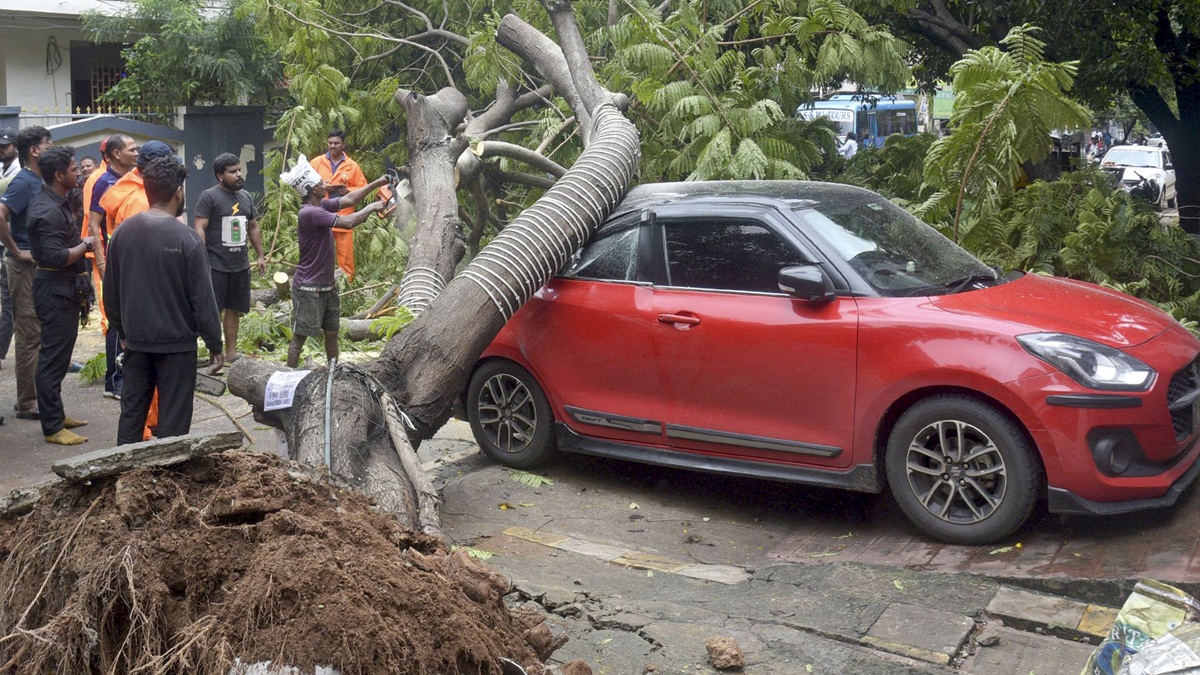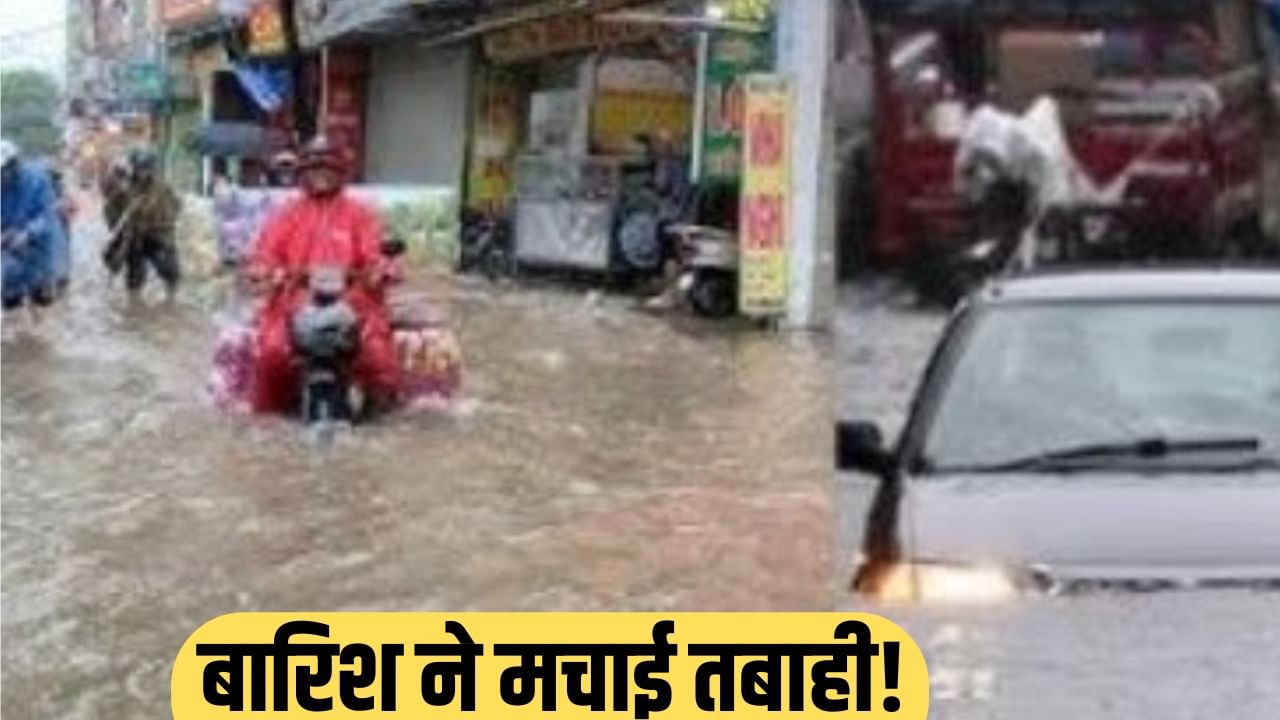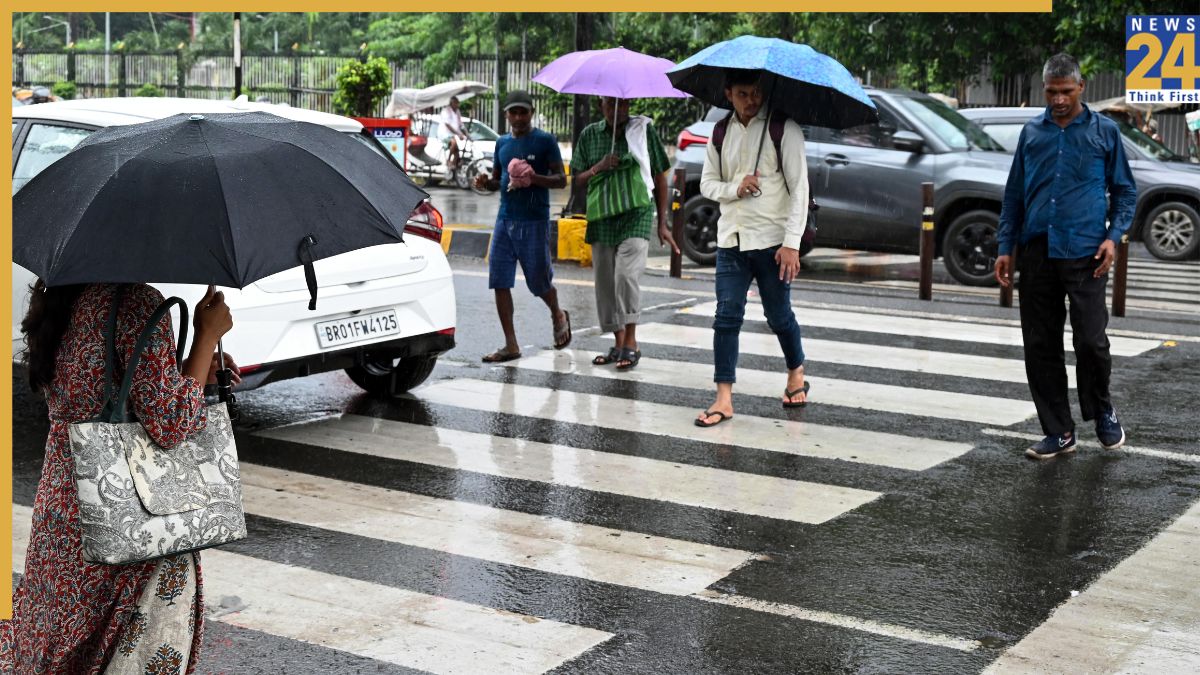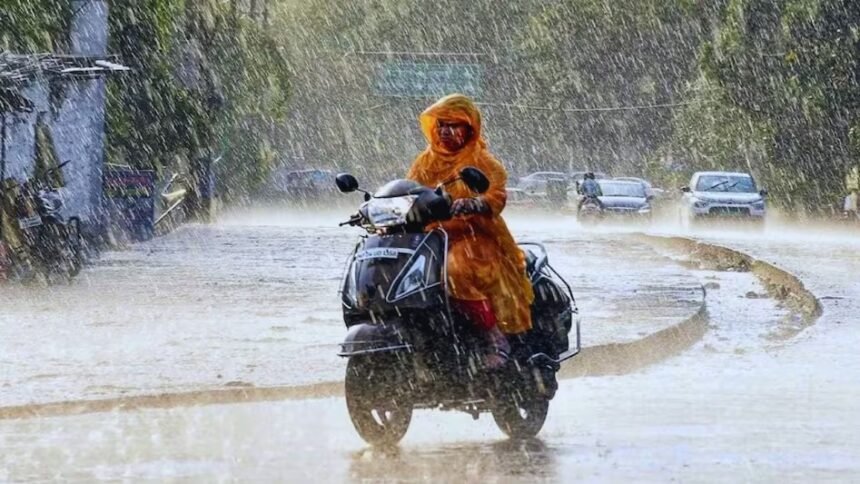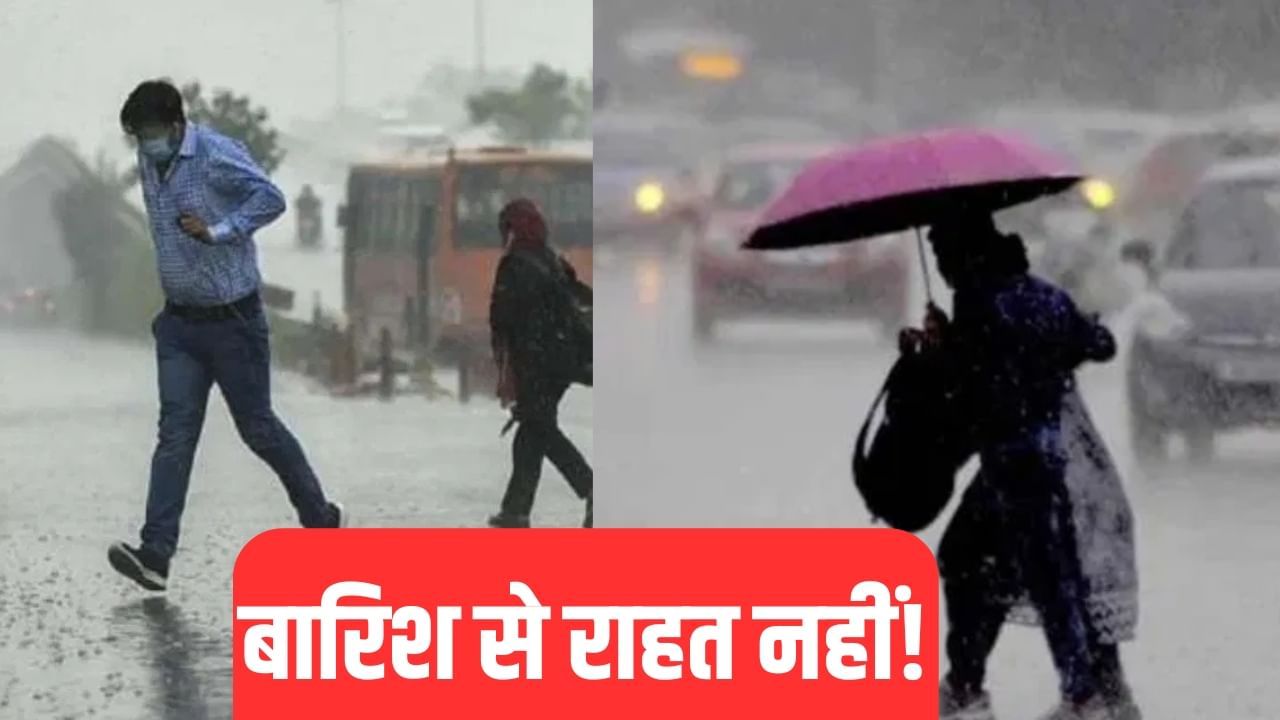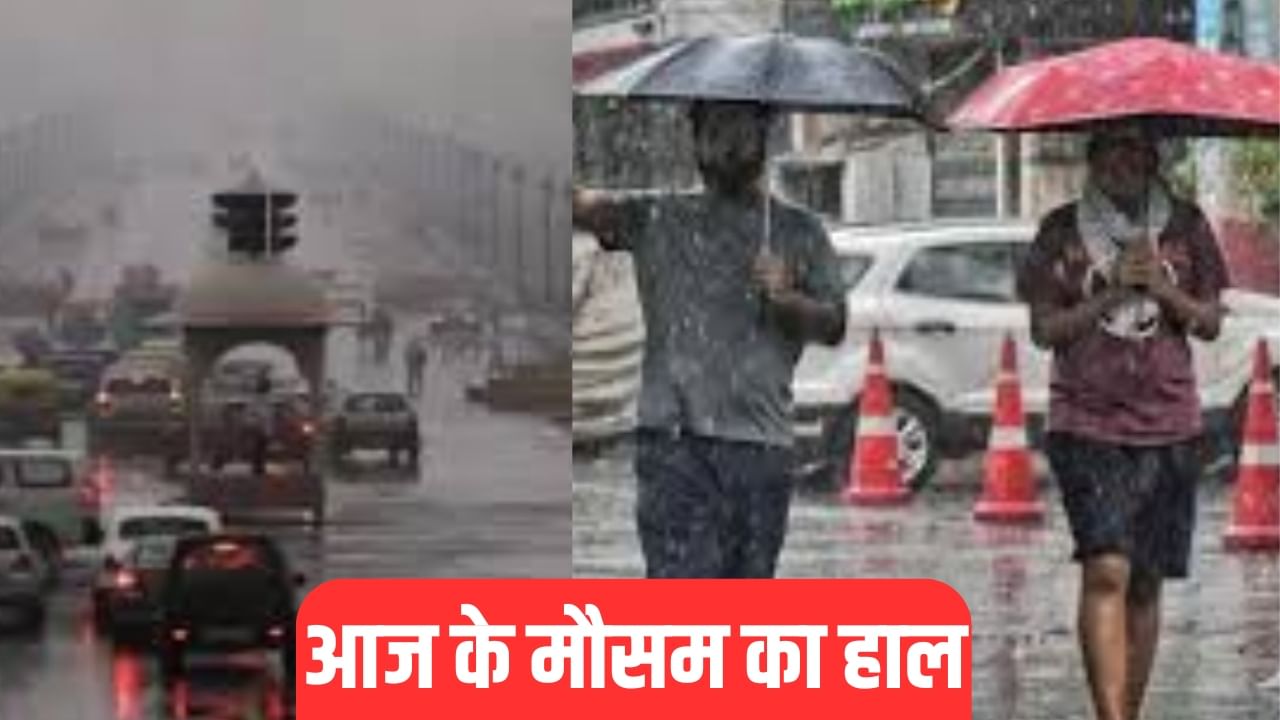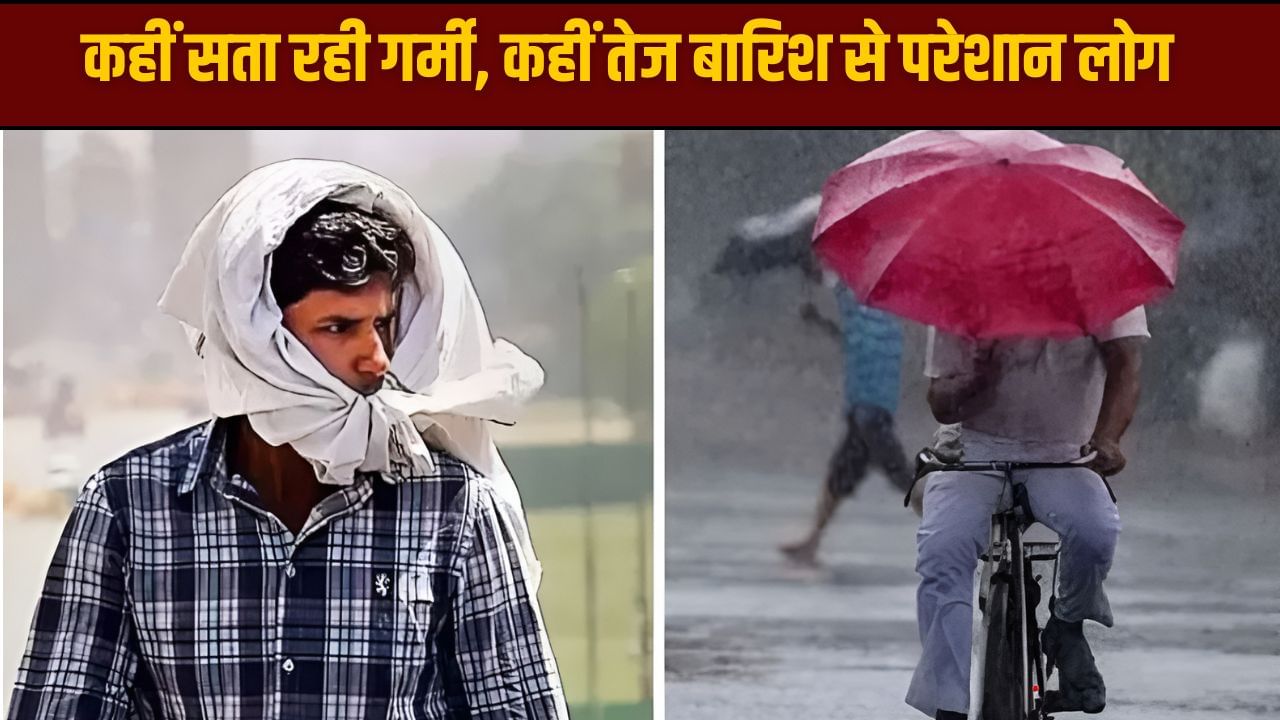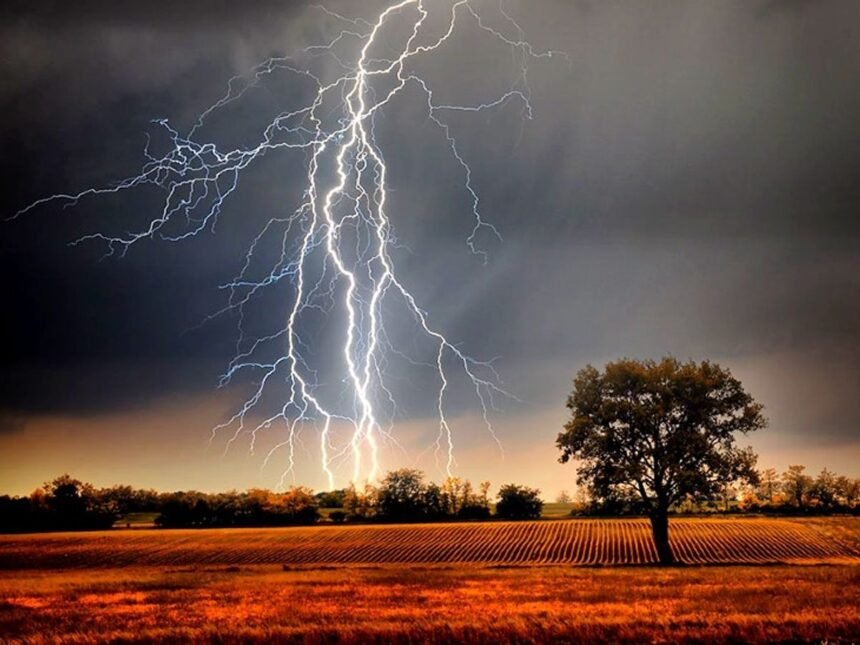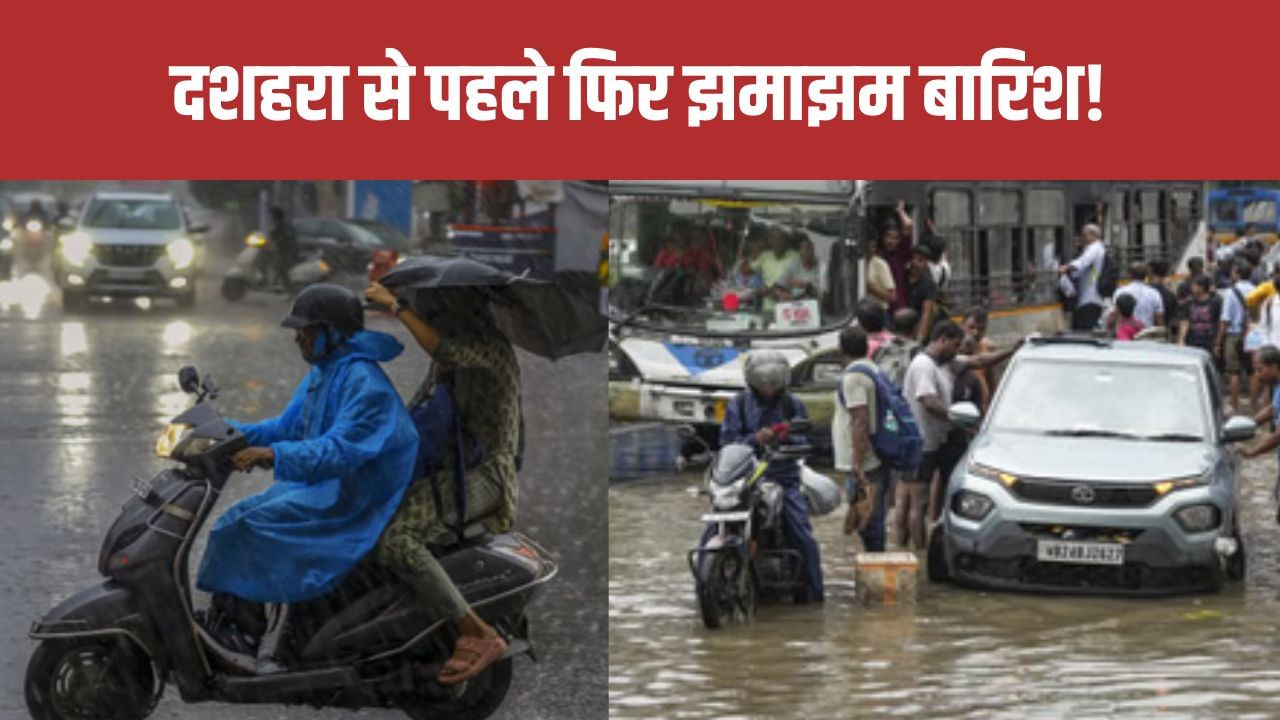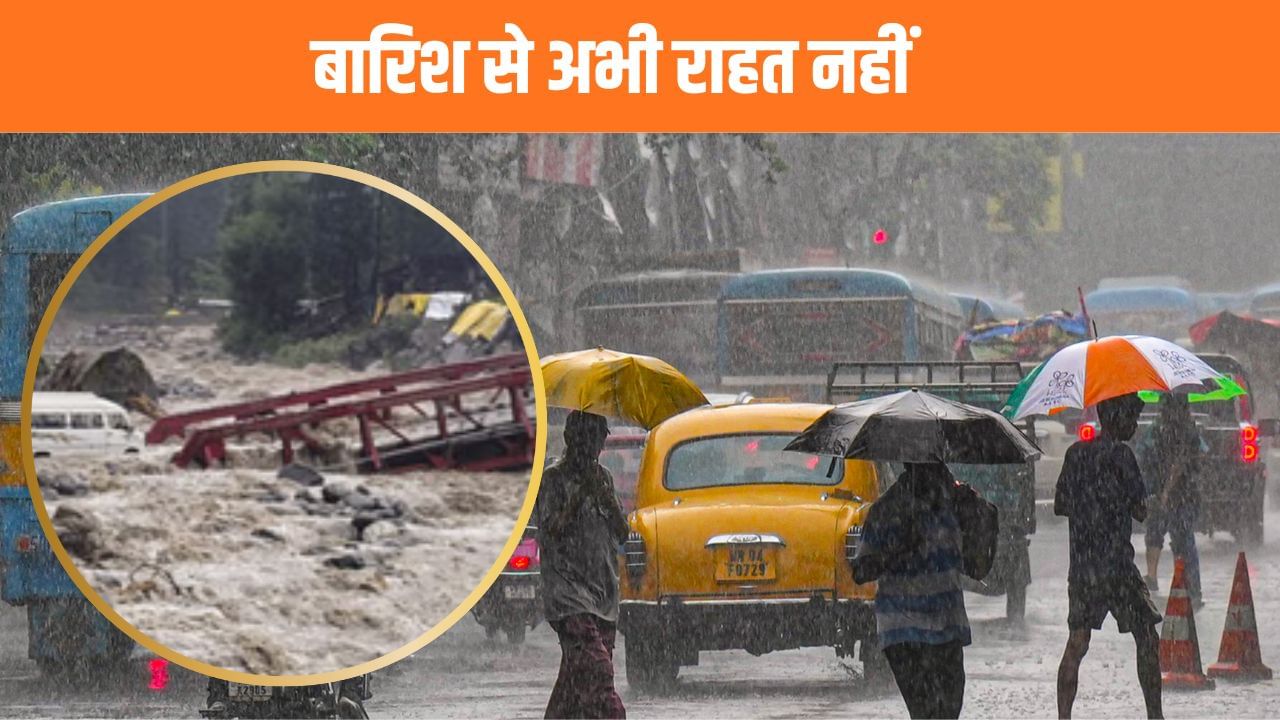Subscribe to Updates
Get the latest creative news from FooBar about art, design and business.
Browsing: rainfall
Light to moderate rainfall was recorded across all divisions of Chhattisgarh over the past 24 hours. Several areas, including Raipur, experienced overnight…
Rain Expected on Dussehra in Delhi; Weather Forecast for Uttar Pradesh, Rajasthan, and Other States
The southwest monsoon season is typically from June to September, and the monsoon has withdrawn. Despite the monsoon’s departure, the weather department…
The capital city of Delhi has experienced consistent cloud cover over the past two days, leading to a decrease in the intensity…
The weather in Chhattisgarh is expected to shift again today. Light to moderate rainfall with thunderstorms is anticipated in many areas, with…
Weather Update: Delhi-NCR to remain hot, rain in UP and Maharashtra, changing weather in Himachal
Following heavy rains, a spell of scorching heat is being experienced. From the plains to the hilly regions of North India, everyone…
Yellow Alert Issued for 18 Districts in Chhattisgarh; One Death Reported Due to Lightning Strike
A yellow alert has been issued for 18 districts in Chhattisgarh today. The state capital, Raipur, experienced rainfall from Friday evening through…
The weather in Chhattisgarh remains unfavorable due to a weather system forming in the Bay of Bengal. Heavy rainfall is expected in…
The southwest monsoon has officially withdrawn from Delhi, with its departure occurring on September 24, 2025. The capital city is expected to…
The southwest monsoon has officially withdrawn from Delhi, marking its departure on September 24, 2025. Several states continue to experience heavy rainfall…
The weather in the state is expected to change today, with rain likely in many places. The capital has been overcast since…
The monsoon season is nearing its end across several regions of the country. However, the India Meteorological Department (IMD) anticipates significant rainfall…
Weather Update: Warm September Days Ahead for Delhi, UP; Check Conditions in Bihar and Rajasthan
Delhi residents are experiencing humid heat. Clear skies and strong sunshine are causing discomfort during the afternoon. The weather forecast indicates no…
Rain Alert in Delhi! Expect Showers from UP to Bengal… What’s the Weather Like in the Mountains?
Delhi-NCR experienced rainfall on Wednesday after a 10-day dry spell, bringing pleasant weather conditions. The rain offered relief from the scorching heat.…
Rain Alert in Delhi! Expect Showers from UP to Bengal… What’s the Situation in the Mountains?
Delhi-NCR experienced rainfall on Wednesday after a 10-day dry spell, bringing pleasant weather. The rain provided relief from the scorching sun and…
After a 10-day dry spell, Delhi-NCR experienced rainfall on Wednesday, bringing pleasant weather. The rain provided relief from the scorching heat. Temperatures…
The weather in Delhi presents a peculiar contrast. While the capital endures scorching heat and humidity, neighboring districts like Meerut and Mathura…


